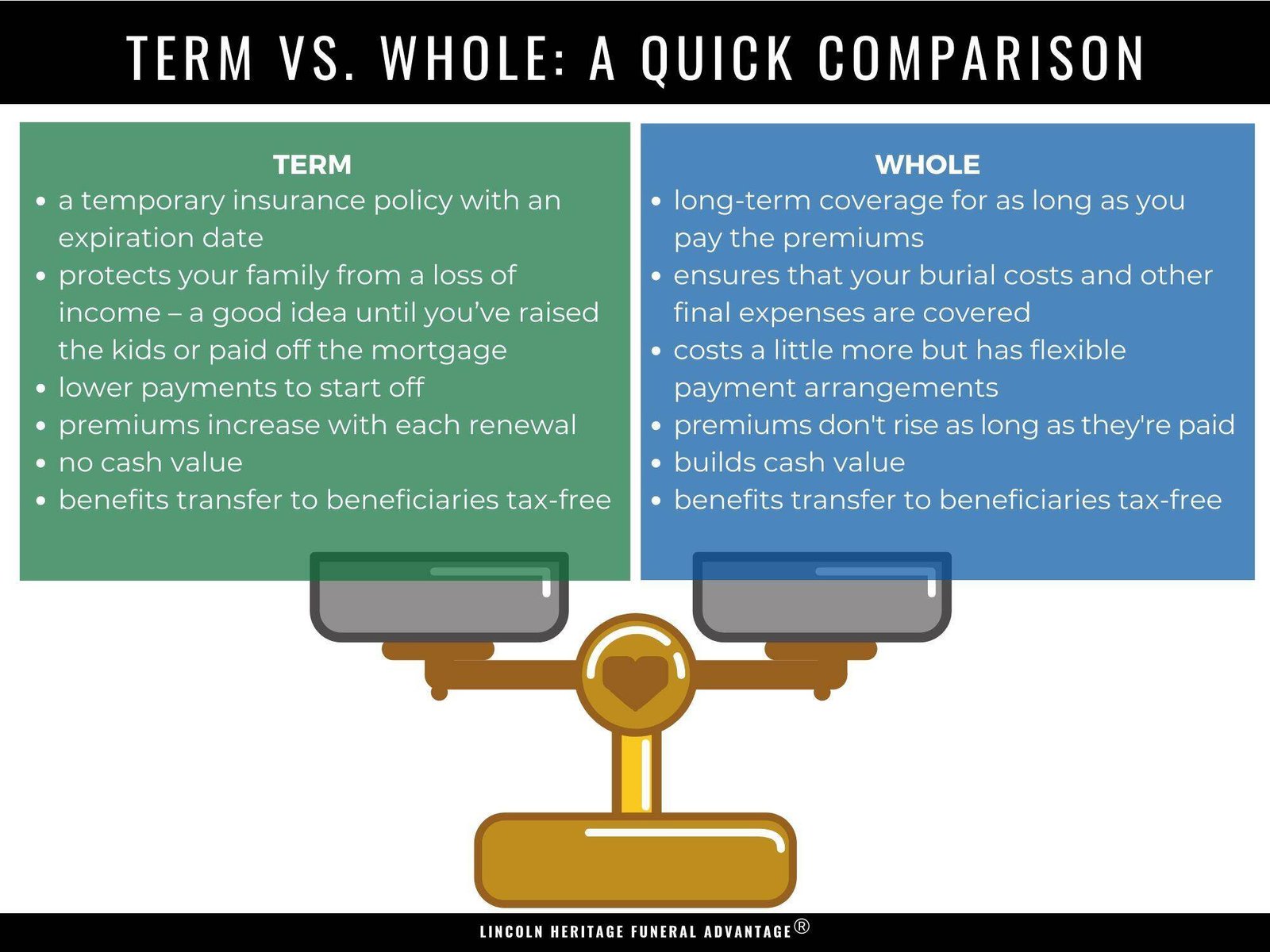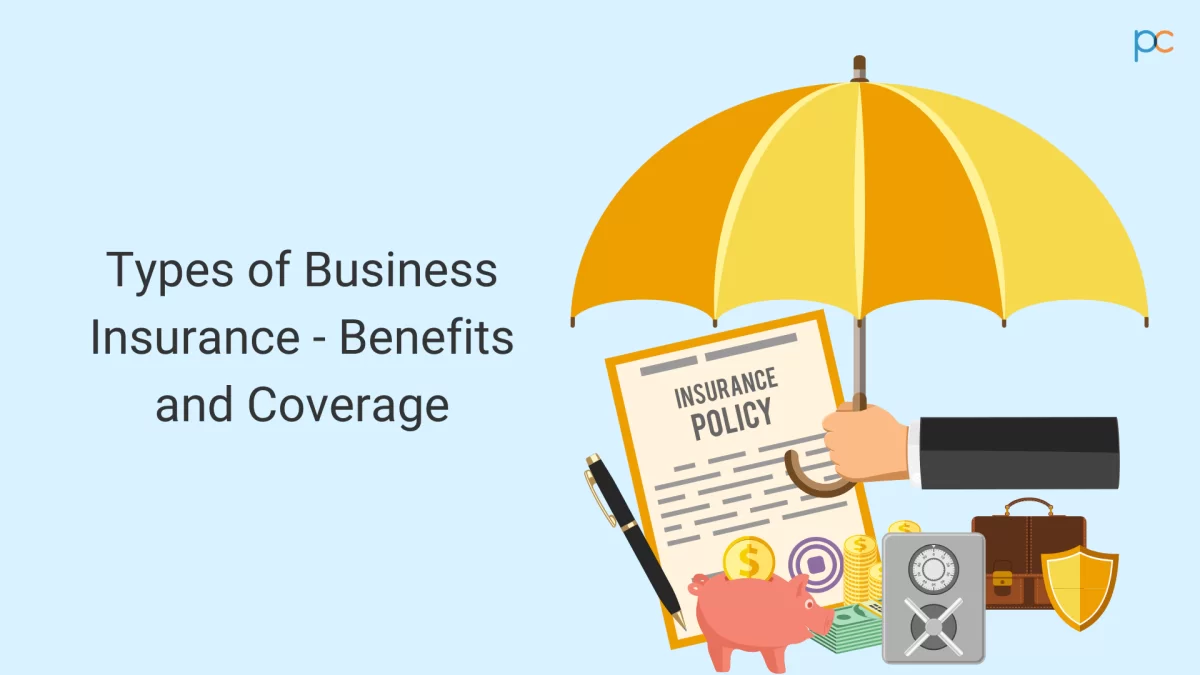A Step-by-Step Guide to Filing an Insurance Claim in the US
Don’t Get Drowned in Details: A Step-by-Step Guide to Filing an Insurance Claim in the US
The aftermath of an unexpected event can be overwhelming. Whether it’s a fire, theft, or a damaging storm, dealing with the emotional and logistical toll can be stressful. But amidst the chaos, one crucial step remains: filing an insurance claim.
This guide will equip you, as a US resident, with the knowledge and tools to navigate the insurance claim process smoothly. We’ll break down each step, from understanding the paperwork to maximizing your claim payout, ensuring you receive the financial support you deserve.
Understanding Your Policy
Before diving into the claim process, take a deep breath and revisit your insurance policy. This document outlines what is and isn’t covered, your deductible (the amount you pay before insurance kicks in), and claim filing procedures. Here’s what to pay attention to:
- Coverage Details: Property insurance typically covers damage from fire, theft, vandalism, and certain weather events. Flood and earthquake insurance are usually separate policies. Health insurance covers medical expenses, while car insurance covers repairs or replacement of your vehicle after an accident (depending on the severity).
- Deductible: This is the out-of-pocket amount you’ll pay before your insurance kicks in. A higher deductible typically translates to lower premiums.
- Claim Filing Procedure: Each insurer has a preferred method for filing claims – online, phone, or in-person at an office.
The Claim Filing Process: Step-by-Step
1. Report the Incident Promptly:
- Contact your insurance company immediately. Don’t wait! Most policies have deadlines for filing claims, so acting quickly protects your rights.
- Gather basic details. Be prepared to provide your policy number, a description of the incident, date, location, and any relevant police reports (for theft or vandalism).
2. Document the Damage Thoroughly
Evidence is king! The more comprehensive your documentation, the easier it will be for the adjuster (the insurance company representative who assesses your claim) to determine the extent of the damage. Here’s how to create a strong case:
- Take Photos and Videos: Capture clear and detailed visuals of the damage. Include timestamps and close-ups of specific items.
- Create an Inventory List: For property damage, list all damaged or lost items with their descriptions, purchase dates, and estimated values (receipts are ideal).
- Save Repair Estimates: If you’ve already obtained repair estimates, hold onto them. This demonstrates your proactiveness and helps the adjuster understand the cost of repairs.
3. The Adjuster’s Visit:
- Be Prepared: When the adjuster arrives, have all your documentation readily available.
- Walkthrough and Discussion: The adjuster will likely ask questions about the incident and conduct a walkthrough of the damaged area. Be honest and cooperative.
- Don’t Sign Anything Prematurely: Only sign documents you fully understand. It’s okay to ask questions and take your time.
4. Communication is Key:
- Maintain Open Communication: Stay in touch with your adjuster throughout the process. Ask questions, clarify any concerns, and keep them updated on any developments.
- Respond Promptly: If the adjuster requests additional information or documentation, respond promptly to avoid delays.
5. Negotiating Your Claim Settlement:
- Review the Settlement Offer: The adjuster will present a settlement offer based on their assessment. Review it carefully to ensure it covers the cost of repairs or replacements as outlined in your policy.
- Negotiation is Possible: If you believe the offer is inadequate, don’t be afraid to negotiate. Present your documentation (receipts, repair estimates) to justify a higher payout.
Tips to Maximize Your Claim Payout:
- Know Your Policy: A thorough understanding of your coverage helps you determine what to expect and how to negotiate effectively.
- Mitigate Further Damage: Take reasonable steps to prevent further damage to your property. For example, board up broken windows to prevent weather damage.
- Seek Professional Help: If the damage is extensive or dealing with the insurance company feels overwhelming, consider consulting a public adjuster. They specialize in maximizing claim settlements for a fee.
Important Reminders:
- Be Honest and Accurate: Never fabricate or exaggerate information during the claim process. Dishonesty can lead to a denial of your claim.
- Keep Records: Maintain copies of all documents submitted to the insurance company, including photos, videos, and the final settlement agreement.
- Appeal Denied Claims: If your claim is denied, you have the right to appeal the decision. Review your policy for the appeals process and follow below steps.
Following Up and Dispute Resolution
- Timeline Expectations: Claim processing times vary depending on the complexity of the damage and your insurer’s workload. Maintain open communication with your adjuster to get a sense of the timeline.
- If You Disagree with the Settlement: If, after negotiation, you believe the settlement offer is still insufficient, you can initiate the appeals process outlined in your policy. This typically involves submitting a formal complaint to your insurance company.
- State Insurance Departments: If your appeals with the insurance company are unsuccessful, you can reach out to your state’s Department of Insurance. They can provide guidance and mediate disputes between policyholders and insurers.
Beyond the Basics: Common Claim Scenarios
While the core claim filing process remains similar across different insurance types, here are some specific considerations for common claim scenarios:
- Property Damage: Documenting the damage thoroughly is crucial. Take photos and videos from various angles, including timestamps. For valuable items, obtain appraisals before the incident if possible.
- Theft: File a police report immediately and provide a copy to your insurance company. List all stolen items with descriptions, purchase dates, and receipts (if available).
- Car Accidents: If involved in an accident, don’t leave the scene without exchanging information with the other driver(s) and filing a police report (if necessary). Take photos of the damage to all vehicles involved and any visible injuries.
Maintaining a Positive Relationship with Your Insurer
- Open Communication: Throughout the claim process, maintain a polite and professional demeanor with your adjuster. Be clear, concise, and responsive to requests for information.
- Timely Payments: Once you reach a settlement agreement, your insurance company should issue payment within a reasonable timeframe (typically 30 days). If you don’t receive payment promptly, follow up with your adjuster.
- Renewal Time: While a single claim shouldn’t significantly impact your premiums, it’s always a good practice to shop around for quotes when your policy comes up for renewal. This ensures you’re getting the best coverage at the most competitive rate.
Conclusion
Filing an insurance claim can feel daunting, but with the right preparation and knowledge, you can navigate the process effectively. Remember, you’re paying for insurance protection – utilize it when needed! By following the steps outlined in this guide, gathering proper documentation, and communicating clearly with your adjuster, you can ensure a smooth claim experience and receive the financial compensation you deserve.
Additional Resources:
- National Association of Insurance Commissioners (NAIC): https://content.naic.org/
- Insurance Information Institute (III): https://www.iii.org/index.html
- Your State Department of Insurance: Find contact information through the NAIC website.
By familiarizing yourself with these resources, you’ll have additional tools at your disposal to ensure a fair and successful claim resolution.









